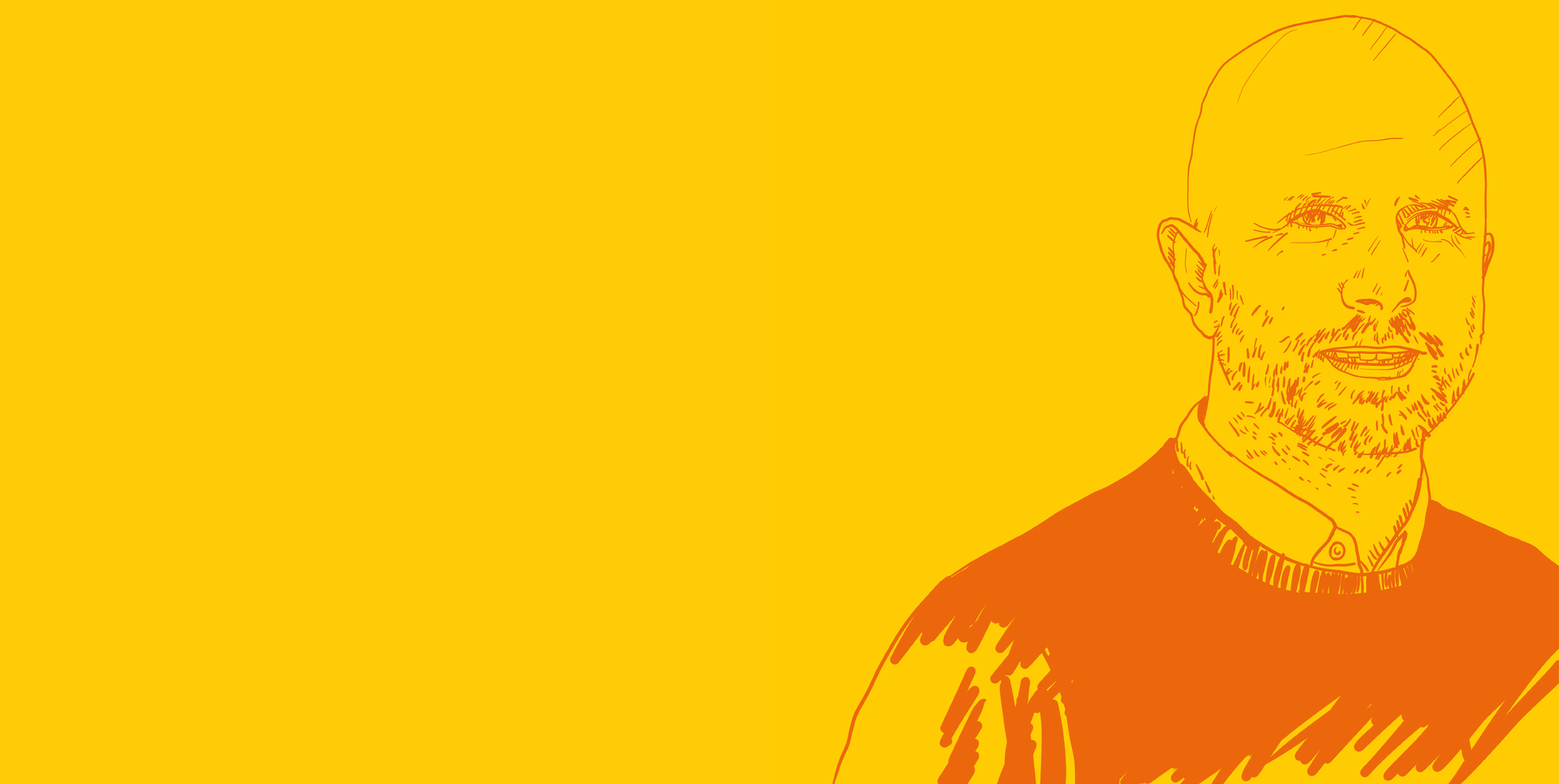Why Brand Communities Matter
This is an excerpt from episode 31 of the Why It Matters podcast.
According to research run by Garnter, over 70% of consumers say they buy more often when they’re part of a community. The role of communities has never been stronger. James is cofounder of the CMO Circle and Called to Work, and he explains why communities aren’t just audiences you broadcast to, but networks that grow brand loyalty. James talks about the difference between an audience and a community; on finding your first 100 members; and how the most valuable communities give more back than they take. So if you’re a marketing manager thinking about whether a brand community could add to your marketing, this conversation is for you.
MICHAEL - So what’s the difference between an audience and a community?
JAMES - For me, an audience listens; a community participates. Communities are living, breathing groups that communicate in both directions. They’re peer-driven as much as brand-driven. That two-way flow is what makes them powerful; people feel involved, not targeted.
Why do you think communities have become such a focus for marketers in recent years?
A few big shifts. Working from home has changed how we connect; we’re not in offices with colleagues every day, but we still want conversation, advice and recommendations. The market has also changed. Senior marketers, for example, used to get approached constantly by recruiters. That’s slowed down, so we’re investing in our own networks. Community helps carry that load; it’s where we share knowledge, opportunities and support.
Where do you see community fitting within brand strategy?
Many D2C brands are already community-first. They’ve realised it’s not just about customers buying a product; it’s about belonging to something. A strong “why” drives engagement. Take Yoto, for instance. It’s not just selling a screen-free audio player; it’s nurturing creativity in kids. That purpose powers its community. But communities don’t have to be huge. Some of the best ones start small, with a few hundred people who share an interest and see value in helping each other. That’s where real advocacy comes from.
Are there risks when brands jump in without a clear strategy?
Definitely. If a community doesn’t form organically around people who care, something’s missing. You can’t just set up a group and expect magic. Be authentic. Know your goals. And understand the effort it takes. It’s not something you can delegate to the intern.
What separates the good ones from the forgettable?
Authenticity. Balance. In any work-based community, people will naturally promote what they do — that’s fine — but if it turns into a bulletin board of self-promotion, people tune out. You need organic conversation alongside that. And you have to moderate it. Communities without clear boundaries or purpose drift fast.
So where’s this all heading?
Community isn’t going away. Tech will change it — AI, new platforms, smarter tools — but the fundamentals stay the same. People want connection, support and shared purpose. The brands that create that space will build loyalty money can’t buy.
What’s the one thing you wish every CMO understood before they start?
How hard it is and how worthwhile. Community isn’t a campaign. It’s a commitment.
–
Listen to the full podcast interview on Apple Podcasts or Spotify .
Alternatively, search for ‘Why It Matters Michael Gough’ wherever you listen to your podcasts.

